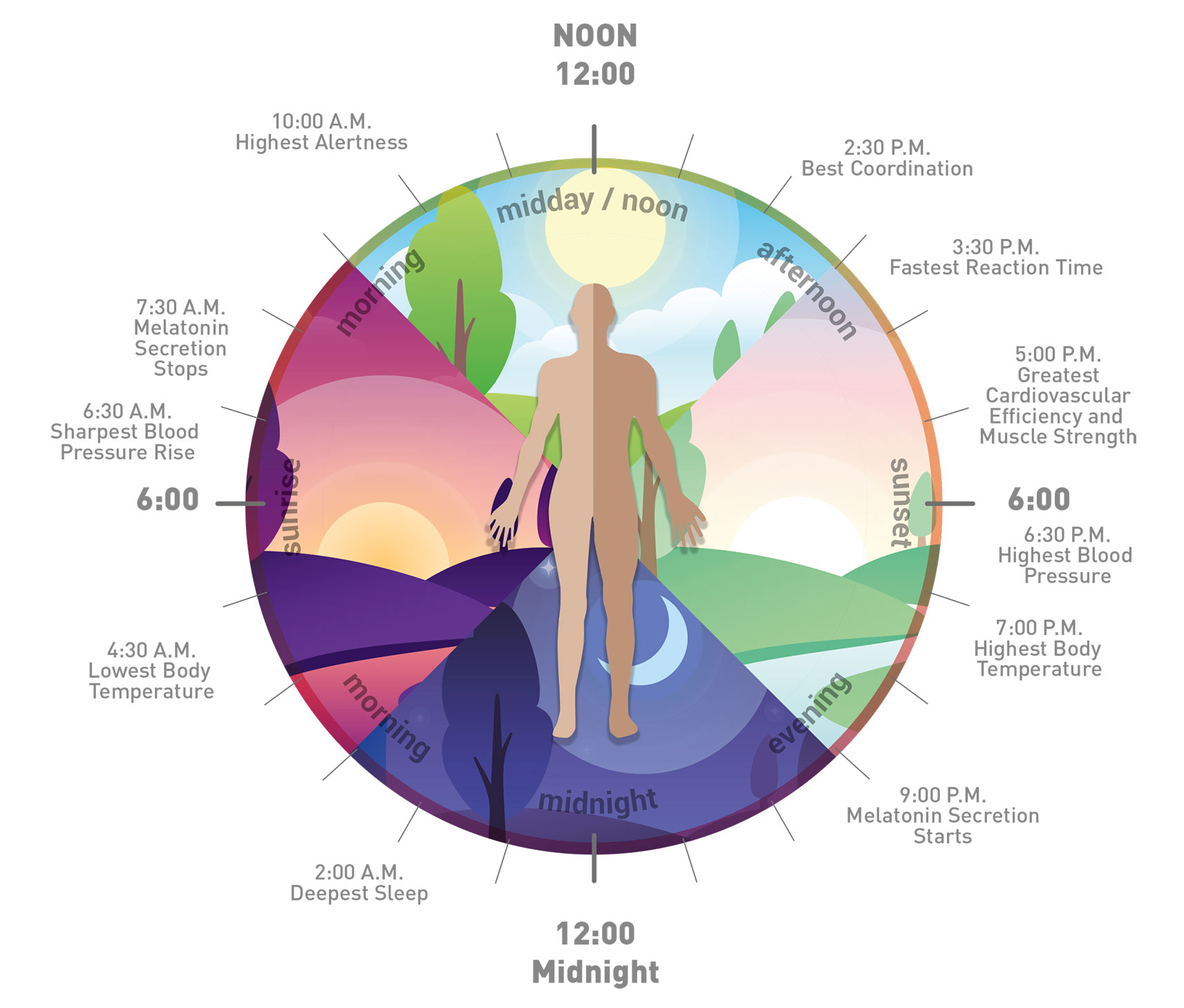A busy lifestyle can be challenging to our internal body clock (also known as ‘circadian rhythm’).
 Image: Gerard Lighting
Image: Gerard Lighting
Achieving a good circadian rhythm requires a good Human Centric Lighting (HCL) solution. HCL systems feature controllable lighting that sits on a spectrum of correlated colour temperatures (CCTs). The systems are designed to evoke human biological responses and support health, wellbeing and performance. CCTs are measured in Kelvin (K) and range from 2700K (warm) to 6500K (cool) – a broad spectrum that gives the ability to evoke different responses on a biological level.
Benefits
Improved health and sleep
It’s not just about feelings. The impact of light can also be explained by the chemical reactions in the human brain and body. HCL can significantly boost patient and staff comfort, in turn helping to achieve optimum health outcomes. Additionally, it can regulate the production of important hormones and helps in proper functioning of circadian rhythm.
Productivity and enhanced performance
According to Lighting Society Europe, HCL significantly enhances performance and wellbeing to the point of enhancing productivity by 4.5 percent, reducing errors by 2 percent and slashing absentee rates.
Visual acuity
Lighting has a direct impact on visual acuity. Light sources with higher amounts of blue (cool) light stimulate the intrinsically photosensitive retinal ganglion cells (ipRGC) photoreceptors, which in turn cause the pupils to contract. This contraction results in better visual acuity and allows clearer vision for longer, as the eye accommodates the light, rather than being stressed by it. While this clarity is not ideal at all times of day, it may aid healthcare and aged-care employees in working effectively for extended periods of time.
Safety
As HCL systems significantly improve visibility, they can reduce the risk of trips and falls, which can be a major cause of injury in Australian workplaces.

